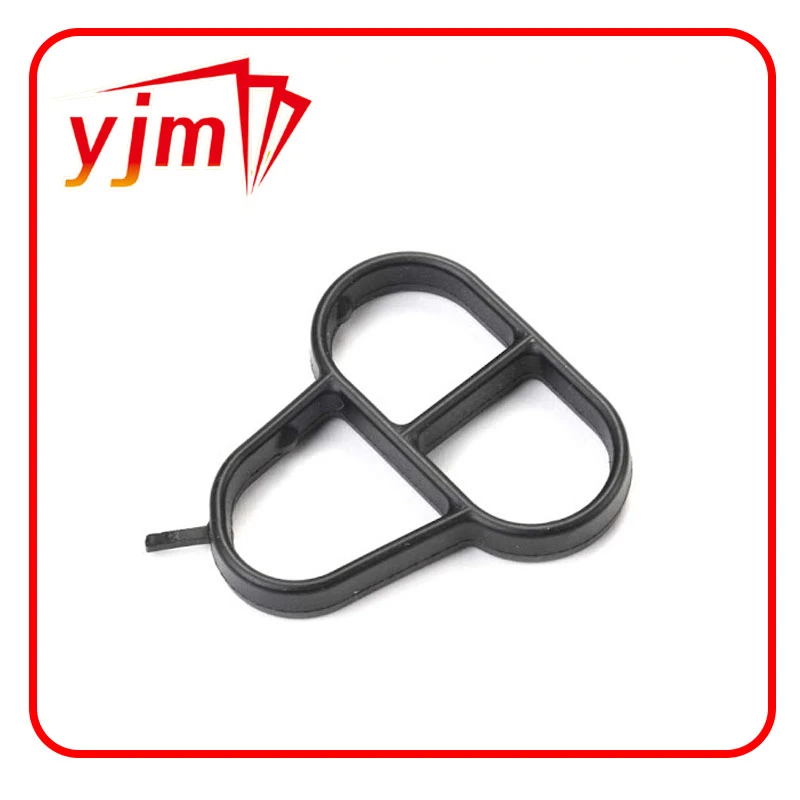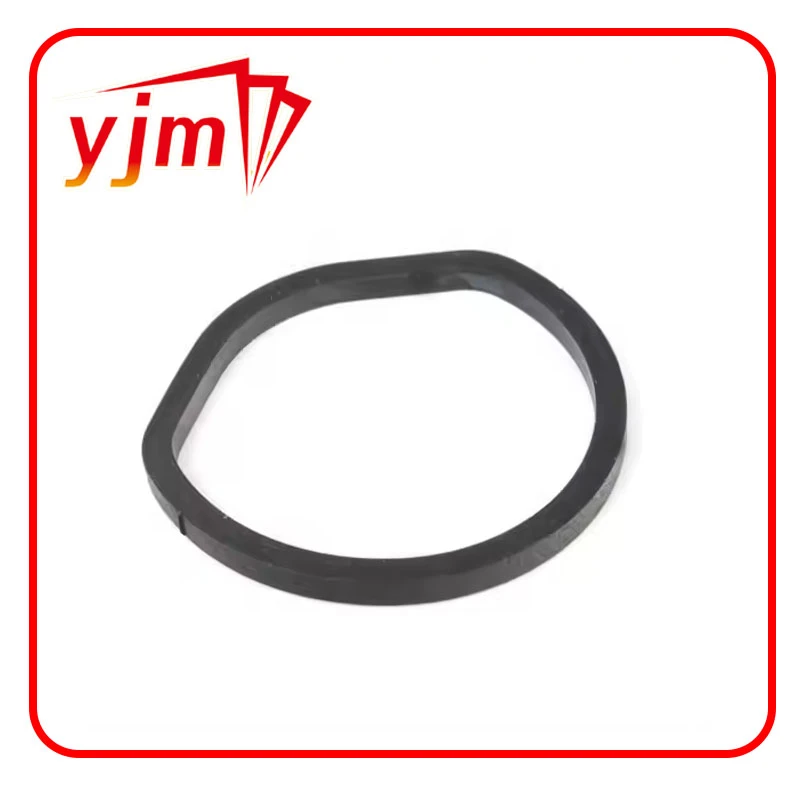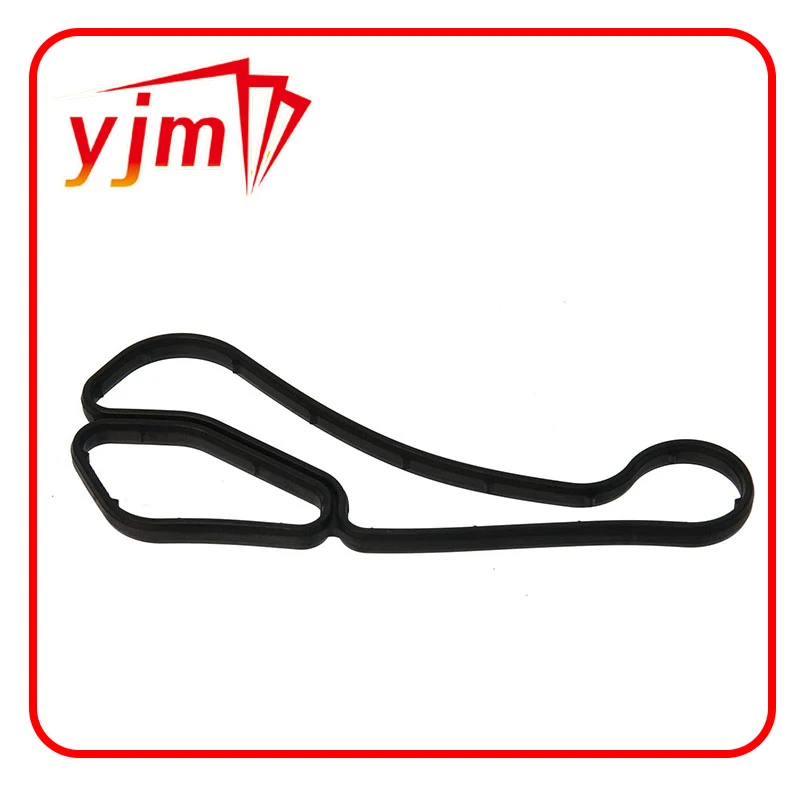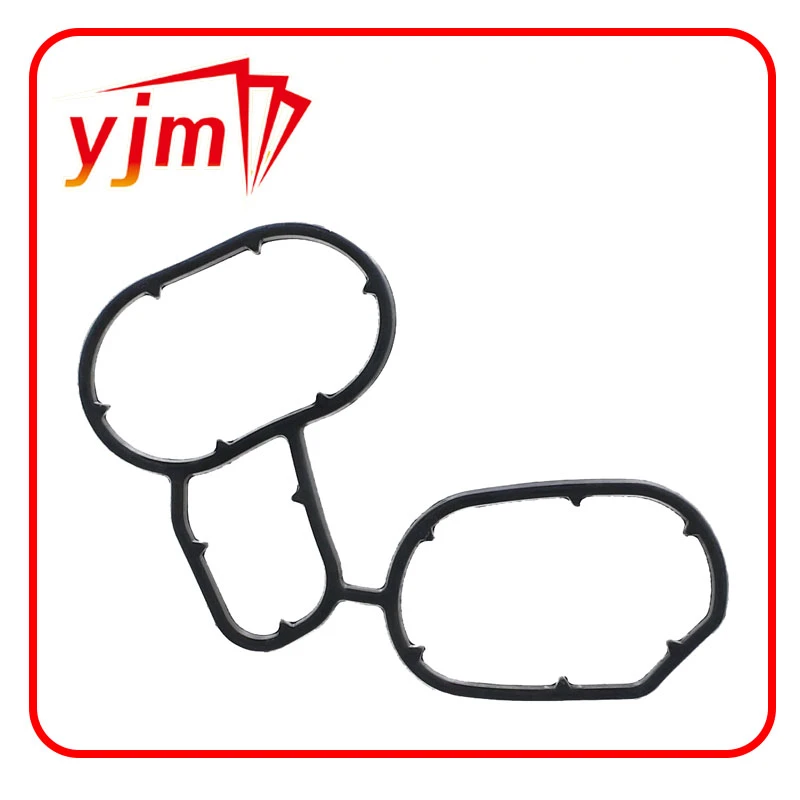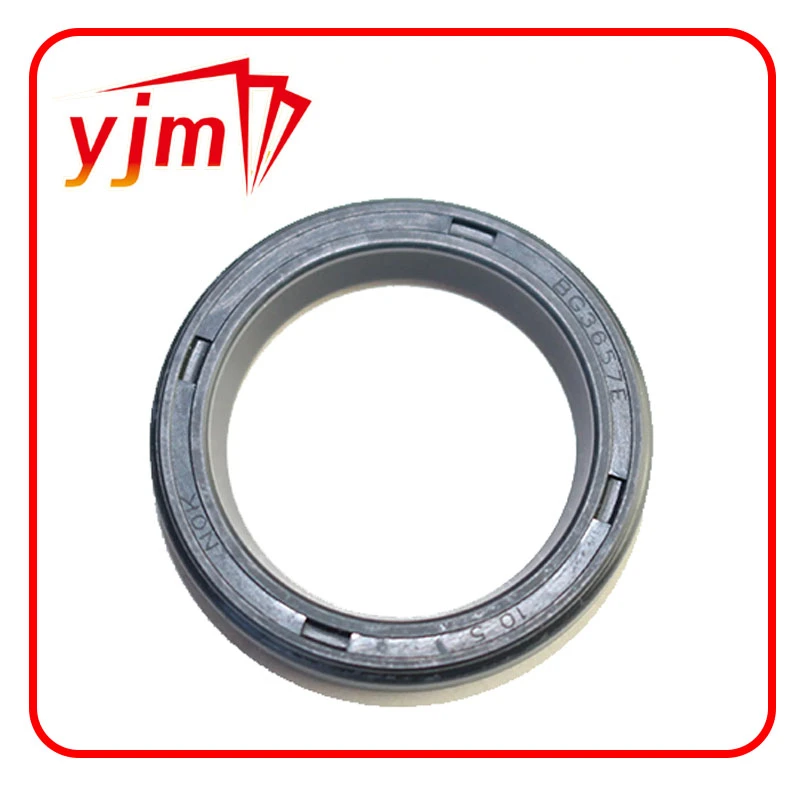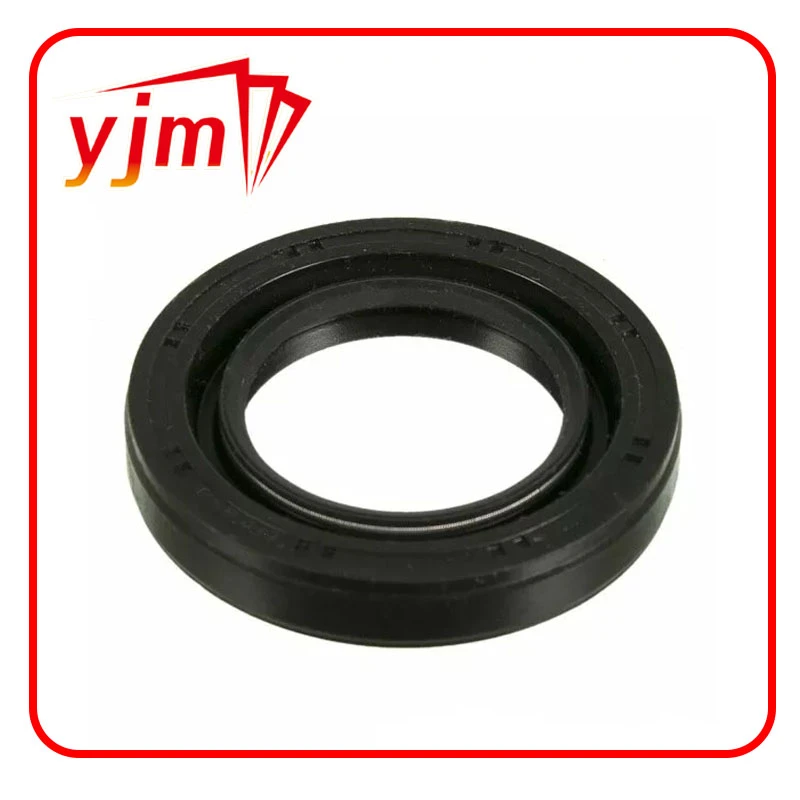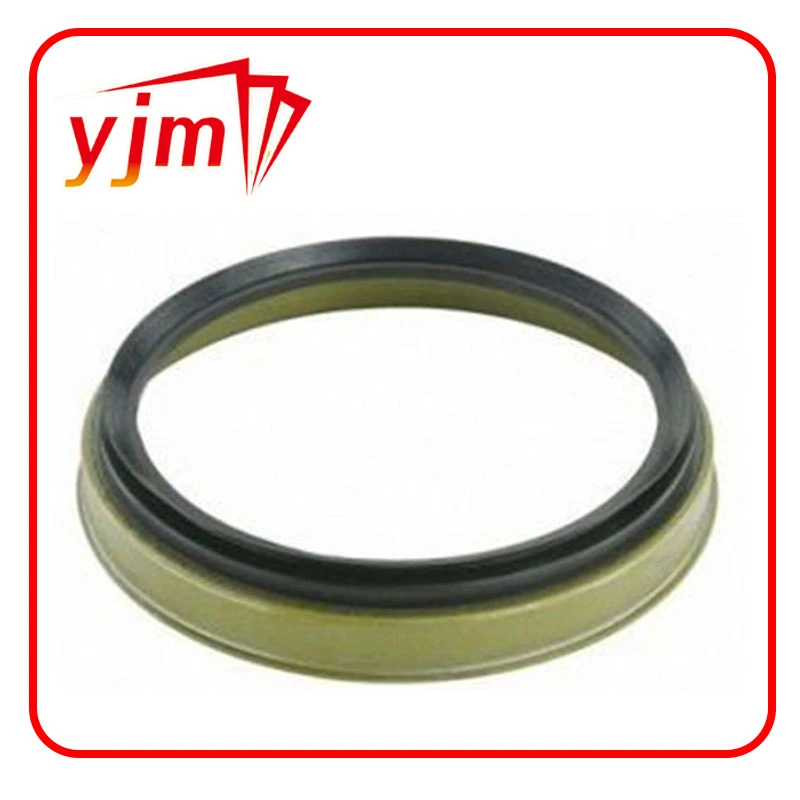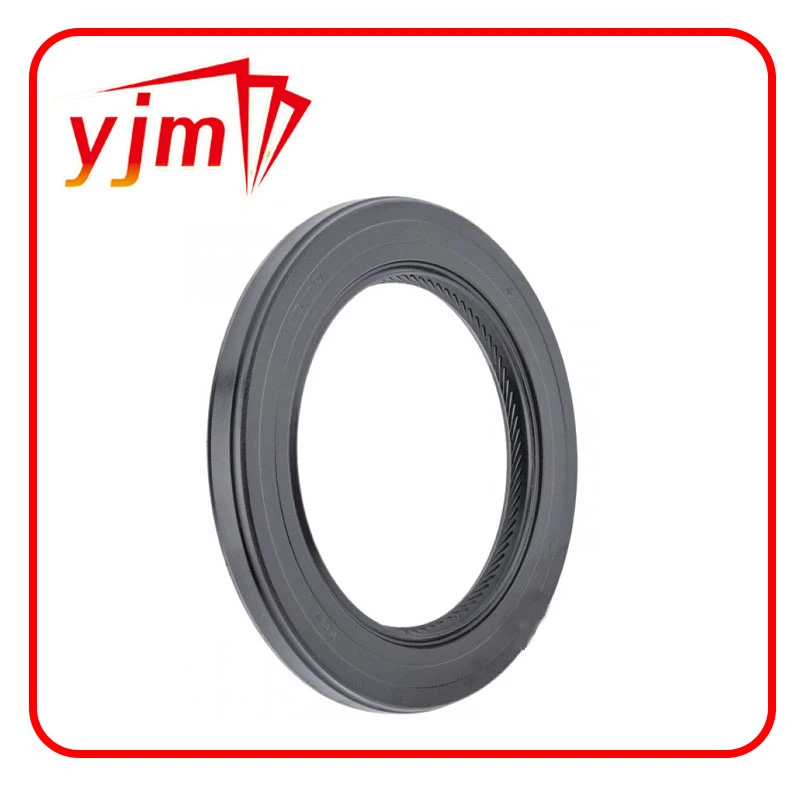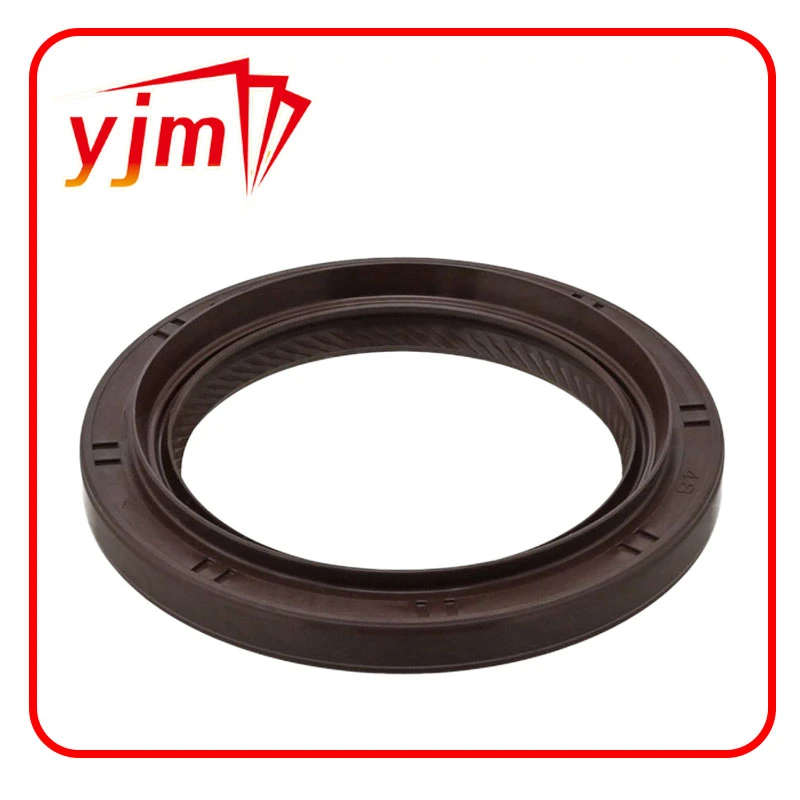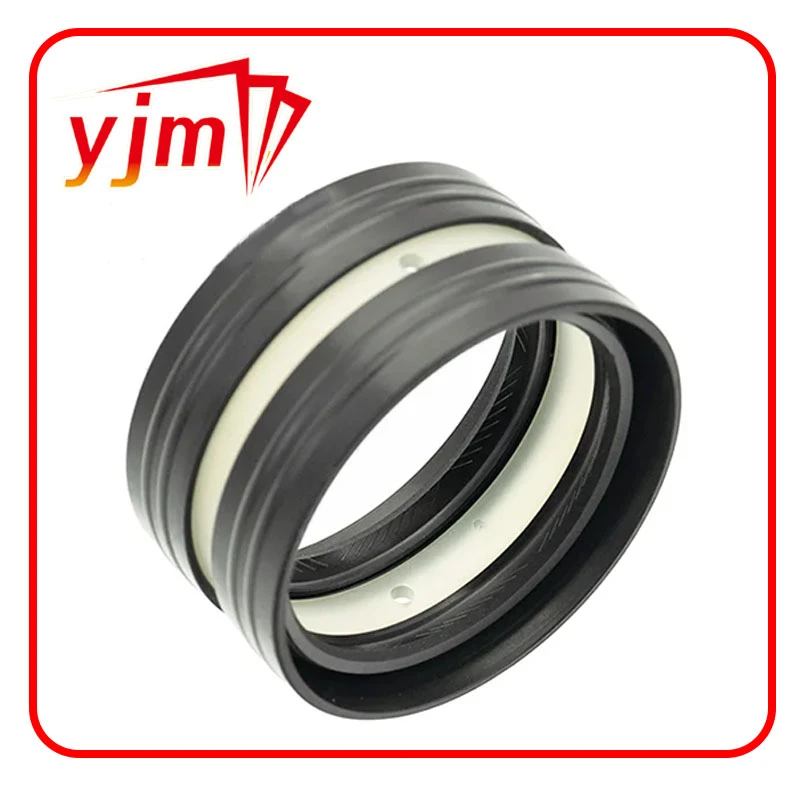A Comprehensive Guide to Flat Gaskets: Types, Materials, and Applications
Flat gaskets are essential sealing components used widely across various industries to prevent leakage between two flat mating surfaces. Whether in plumbing, automotive, or industrial machinery, choosing the right flat gasket is crucial to ensure a secure and durable seal. This article explores different types of flat gaskets, including the gasket flat, gasket flat face, non metallic flat gasket, PTFE flat gasket, round flat rubber gasket, and rubber flat gasket, highlighting their properties and typical applications.
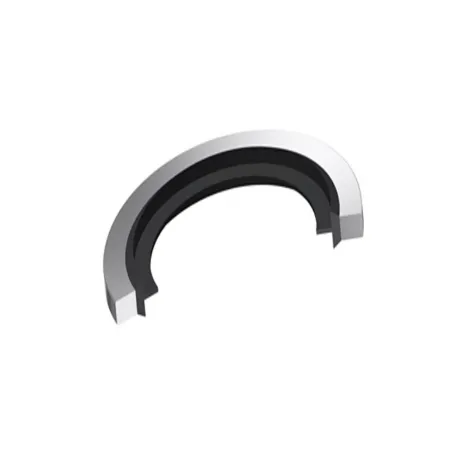
Understanding Flat Gaskets and Their Importance
A gasket flat is a thin, flat sealing material placed between two surfaces to prevent leakage of fluids or gases. The term often refers to gaskets that have a flat profile and are used in flange joints or other flat mating surfaces.
What is a Gasket Flat Face?
A gasket flat face refers to the surface of the flange or component that mates with the flat gasket. Ensuring that the flange has a perfectly flat face is vital for the gasket to seal properly and prevent leaks.
Flat gaskets are generally easier to install than other types of gaskets and are widely used due to their simplicity and versatility. Their effectiveness depends on matching the gasket material with the application’s temperature, pressure, and chemical exposure.
Types of Flat Gaskets: Materials and Properties
The selection of the appropriate flat gasket material is crucial to achieve the desired sealing performance. Here are some of the most common types of flat gaskets:
Non Metallic Flat Gasket
A non metallic flat gasket is made from materials that are not metal-based, such as rubber, graphite, PTFE, or composite fibers. These gaskets are favored for their flexibility, chemical resistance, and ability to conform to surface irregularities.
Advantages:
Resistant to corrosion and many chemicals
Good compressibility and resilience
Suitable for low to medium pressure applications
Common Uses: Water pipelines, chemical processing, HVAC systems
PTFE Flat Gasket
PTFE flat gasket is a type of non-metallic gasket made from polytetrafluoroethylene (PTFE), known for its excellent chemical inertness and wide temperature tolerance.
Features:
Exceptional chemical resistance to acids, bases, and solvents
Low coefficient of friction and non-stick properties
Operates in a wide temperature range (-200°C to 260°C)
Applications: Chemical plants, food processing, pharmaceutical industry where contamination-free sealing is crucial
Round Flat Rubber Gasket and Rubber Flat Gasket
Round flat rubber gasket and rubber flat gasket refer to flat gaskets made from various rubber compounds such as nitrile (NBR), EPDM, silicone, or neoprene. They are typically circular or can be cut to custom shapes.
Advantages:
Excellent elasticity and ability to recover after compression
Good resistance to water, oils, and some chemicals depending on rubber type
Suitable for sealing dynamic joints or those subject to vibration
Typical Applications: Automotive seals, plumbing, pumps, and compressors
Choosing the Right Flat Gasket for Your Application
Selecting the correct flat gasket involves understanding the operating conditions and matching the gasket material and design to the application requirements.
Consider the Operating Environment
Temperature: High-temperature environments require materials like graphite or PTFE, while standard temperatures can use rubber or fiber-based gaskets.
Pressure: Higher pressures often necessitate stronger, reinforced gaskets or metal-reinforced composites.
Chemical Exposure: For aggressive chemicals, PTFE flat gasket or specially formulated rubber gaskets are preferred for their inertness.
Installation and Maintenance
Ensure the mating surfaces have a clean and smooth gasket flat face to maximize sealing efficiency.
Use the proper torque specifications when tightening bolts to avoid over-compression or damage to the gasket.
Regular inspection and timely replacement of gaskets prevent leaks and equipment failures.
Flat gaskets, including gasket flat, gasket flat face, non metallic flat gasket, PTFE flat gasket, round flat rubber gasket, and rubber flat gasket, are versatile and essential sealing components in many industries. Understanding their differences in materials and properties helps in selecting the right gasket for your sealing needs, ensuring durability, safety, and efficiency in your systems.
Whether you need chemical resistance, elasticity, or temperature tolerance, the right flat gasket material combined with proper installation techniques will keep your equipment leak-free and operating smoothly.
-
Seal 12x20x5: Precision Radial Shaft Seals for Industrial Reliability
समाचार Nov.24,2025
-
Seal 12x18x5: Essential Guide to Specifications, Applications & Vendors
समाचार Nov.24,2025
-
Understanding Seal 12 20 5: Applications, Specifications & Industry Insights
समाचार Nov.23,2025
-
Durable Oil Seal 85x110x12 – Reliable Sealing Solutions for Industry
समाचार Nov.23,2025
-
Durable and Precise Oil Seal 75x95x10 for Efficient Machinery | YJM Seal
समाचार Nov.22,2025
-
Durable Oil Seal 75x100x10 for Reliable Industrial Performance | YJM Seal
समाचार Nov.22,2025
-
High-Quality Oil Seal 65x90x10 | Durable & Reliable Sealing Solutions
समाचार Nov.22,2025
उत्पाद श्रेणियाँ

